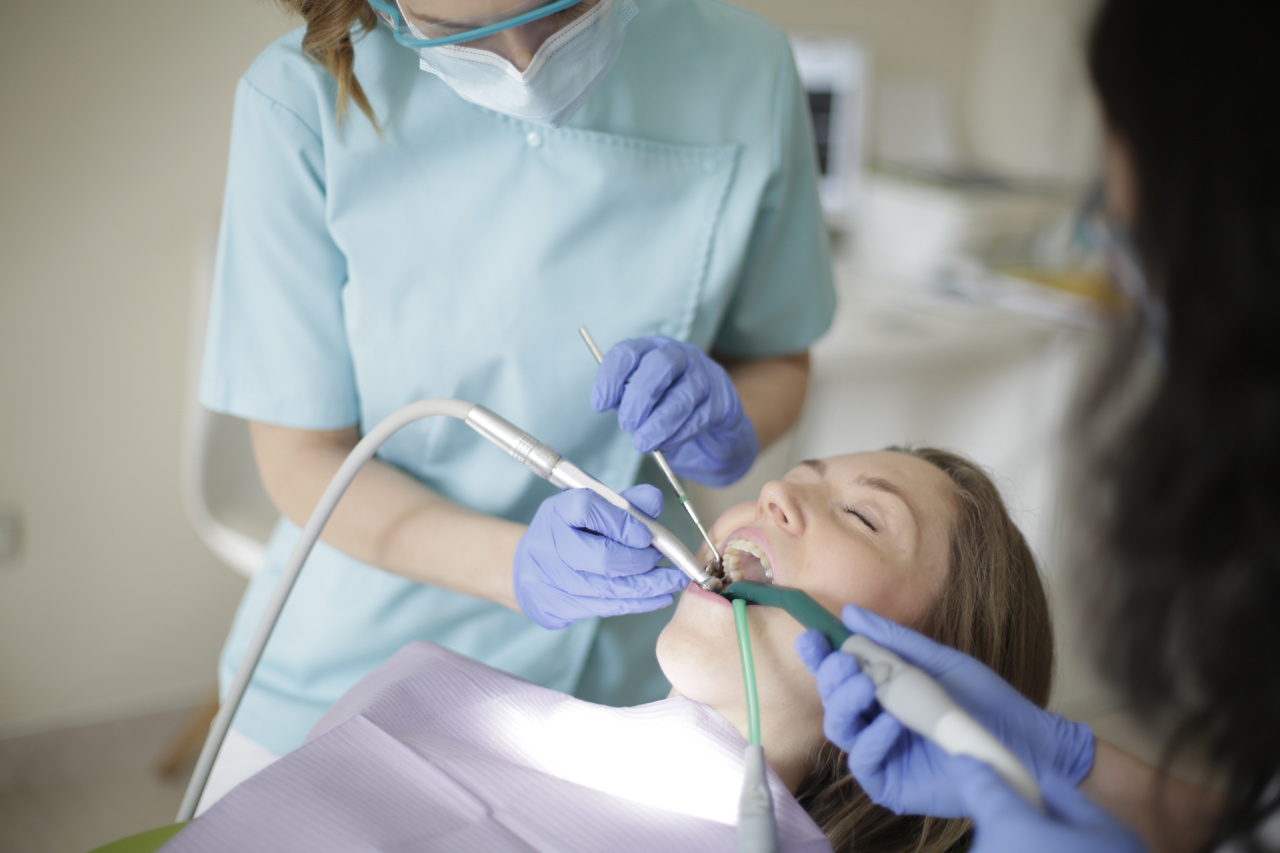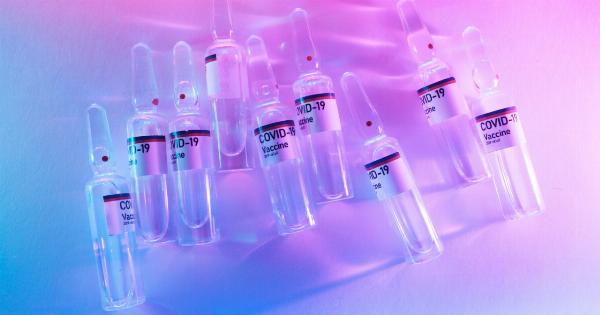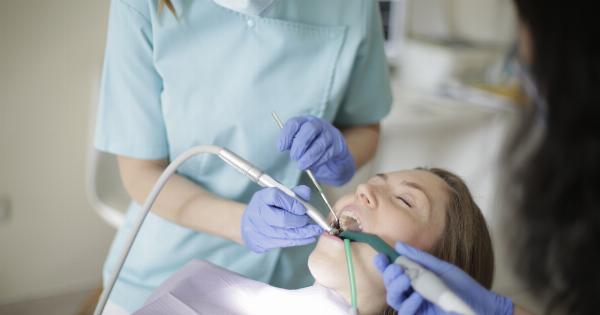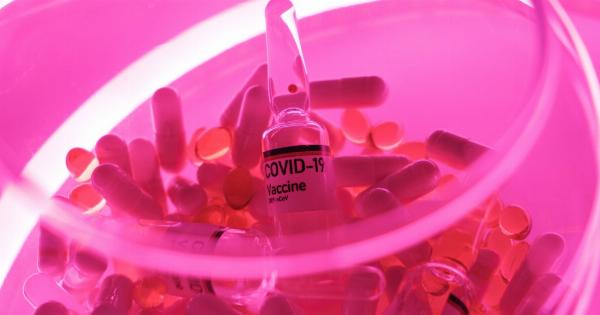Oral solutions are liquid medications that are taken by mouth. They are commonly used to treat a wide range of health conditions and are considered safe and effective when used properly.
However, like any medication, there are pros and cons to consider when using oral solutions. In this article, we will explore the benefits and drawbacks of oral solutions, as well as provide some safety and usage tips to ensure their proper administration.
Pros of Oral Solutions
There are several advantages to using oral solutions:.
1. Easy administration:
Oral solutions are typically easy to administer, making them a convenient option for patients who may have difficulty swallowing pills or tablets.
Children, elderly individuals, and those with swallowing disorders can benefit from the use of liquid medications.
2. Rapid absorption:
Oral solutions are quickly absorbed by the body, allowing for faster onset of action compared to other dosage forms such as tablets or capsules.
This is particularly important for medications that require immediate relief, such as pain relievers or antacids.
3. Accurate dosage:
Liquid medications allow for precise dosing, as they can be measured using special devices such as droppers or syringes. This is advantageous, especially when administering medications to children or adjusting dosages based on individual needs.
4. Flexibility of dosing:
Oral solutions offer flexibility in terms of adjusting the dosage. The concentration of active ingredients can be modified by healthcare professionals to meet specific patient requirements.
This is particularly useful when prescribing medications for pediatric patients or individuals with specific health conditions.
5. Improved swallowing and taste:
For individuals who have difficulty swallowing solid medications, oral solutions provide an alternative that is easier to consume.
Additionally, liquid medications can be flavored to enhance taste, increasing patient compliance, especially among children.
Cons of Oral Solutions
While oral solutions offer numerous benefits, there are also some drawbacks to consider:.
1. Stability and storage:
Oral solutions may have specific storage requirements, such as refrigeration, to maintain stability. This can be challenging for patients who may need to travel or for healthcare facilities with limited storage capacities.
2. Potential for contamination:
As oral solutions are in liquid form, they can be susceptible to bacterial contamination if not handled properly.
Patients and healthcare providers must practice good hygiene, such as washing hands and using clean utensils, to minimize the risk of contamination.
3. Misinterpretation of labeling:
The labeling of oral solutions must be clear and accurate to prevent dosing errors. However, misinterpretation of instructions can still occur, leading to incorrect dosage administration.
It is important for both patients and healthcare professionals to carefully read and understand the labeling instructions.
4. Potential for overdose:
Due to the ease of administration and accurate dosing, there is a potential for accidental overdose with oral solutions if proper precautions are not taken.
It is crucial for caregivers and healthcare professionals to be vigilant in ensuring the correct dosage is administered.
5. Limited availability:
Not all medications are available in oral solution form. Certain drugs may only be formulated as tablets or capsules, limiting the options for individuals who have difficulty swallowing.
In such cases, alternative routes of administration need to be explored.
Safety and Usage Tips for Oral Solutions
When using oral solutions, it is important to follow these safety and usage tips:.
1. Follow instructions:
Read and follow the instructions provided with the oral solution carefully. Pay attention to dosing instructions, storage requirements, and any specific precautions mentioned.
2. Use appropriate measuring devices:
Always use the measuring device provided with the oral solution or use a calibrated dropper or syringe to ensure accurate dosing. Avoid using household spoons, as they may not provide precise measurements.
3. Store medications properly:
Keep oral solutions in a safe place, away from direct sunlight, moisture, and heat. Some oral solutions may need refrigeration, so check the storage instructions on the label.
4. Practice good hygiene:
Wash your hands before and after administering oral solutions to minimize the risk of contamination. Use clean utensils or measuring devices to avoid introducing bacteria into the medication.
5. Clarify any doubts:
If you have any questions or concerns about the oral solution, its administration, or potential side effects, consult your healthcare provider or pharmacist for clarification.
6. Keep out of reach of children:
Oral solutions may be flavored and may potentially attract children. Ensure they are stored safely out of reach to prevent accidental ingestion.
7. Dispose of medications properly:
Follow the recommended guidelines for medication disposal. Do not flush oral solutions down the toilet unless instructed to do so. Instead, consult local guidelines or a pharmacist to determine the best way to dispose of unused or expired medications.
Conclusion
Oral solutions offer numerous advantages, such as easy administration, rapid absorption, and accurate dosing.
However, they also have potential drawbacks, including stability and storage requirements, the potential for contamination, and limited availability for certain medications. By following proper safety and usage tips, patients can minimize risks and ensure the safe and effective use of oral solutions.































